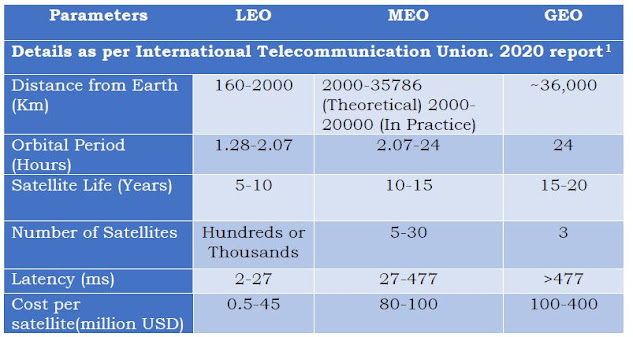The IMF’s Special Drawing Right
Overview: During 2015, The International Monetary Fund (IMF) reviewed the basket of currencies used to determine the value of the Special Drawing Right (SDR), the international reserve asset created and used by the IMF. Following a recommendation by IMF staff, the IMF Executive Board decided on November 30, 2015 to include the Chinese RMB in the SDR basket as a fifth currency, alongside the U.S. dollar, euro, British pound, and Japanese yen. The decision will be effective on October 1, 2016. What is the SDR? The SDR was initially defined as equivalent to 0.888671 grams of fine gold—which, at the time, was also equivalent to one U.S. dollar. After the collapse of the Bretton Woods system, the SDR was redefined as a basket of currencies. The SDR is neither a currency nor a claim on the IMF. Rather, it is a potential claim on the freely usable currencies of IMF members. SDRs can be exchanged for these currencies. The SDR basket is reviewed every five years, or earlier if warranted, t...
